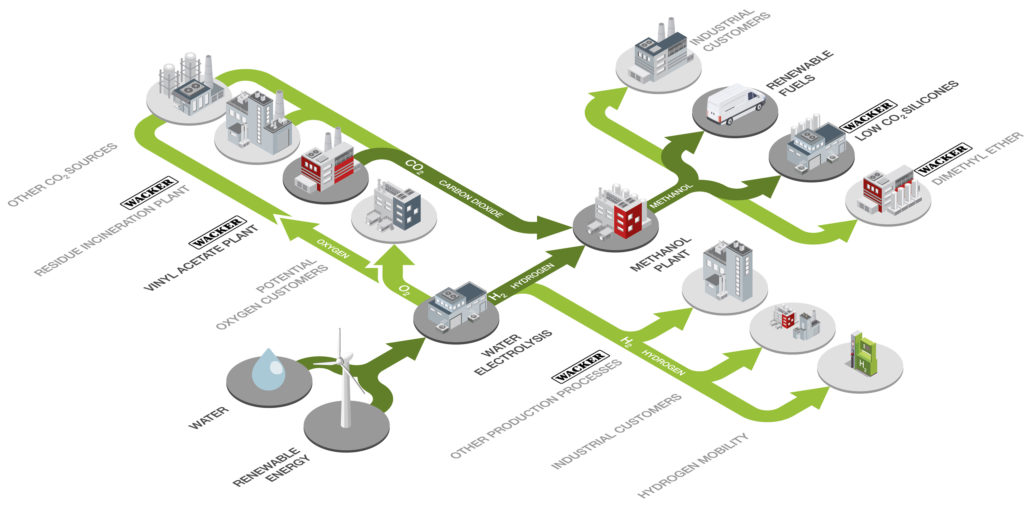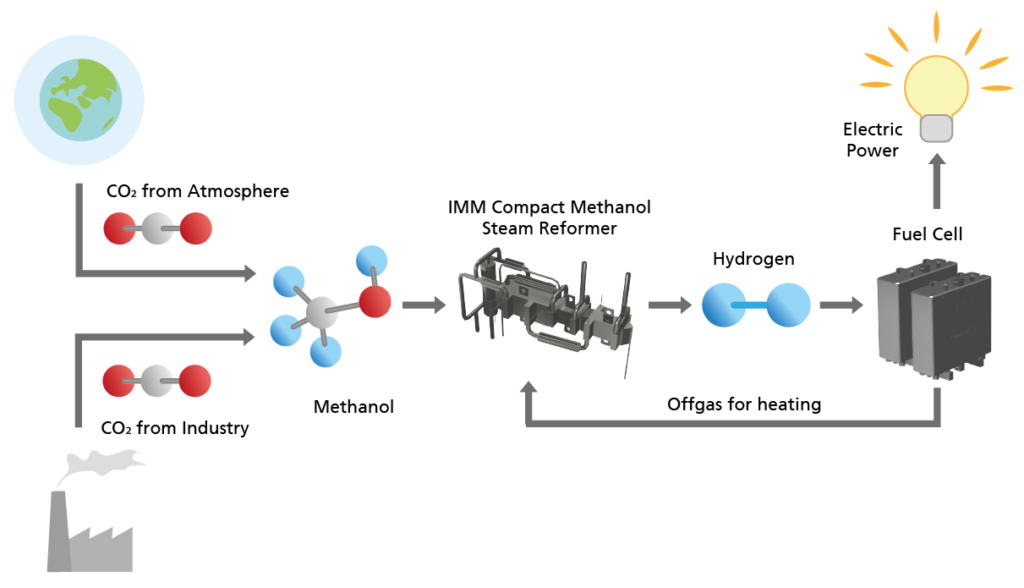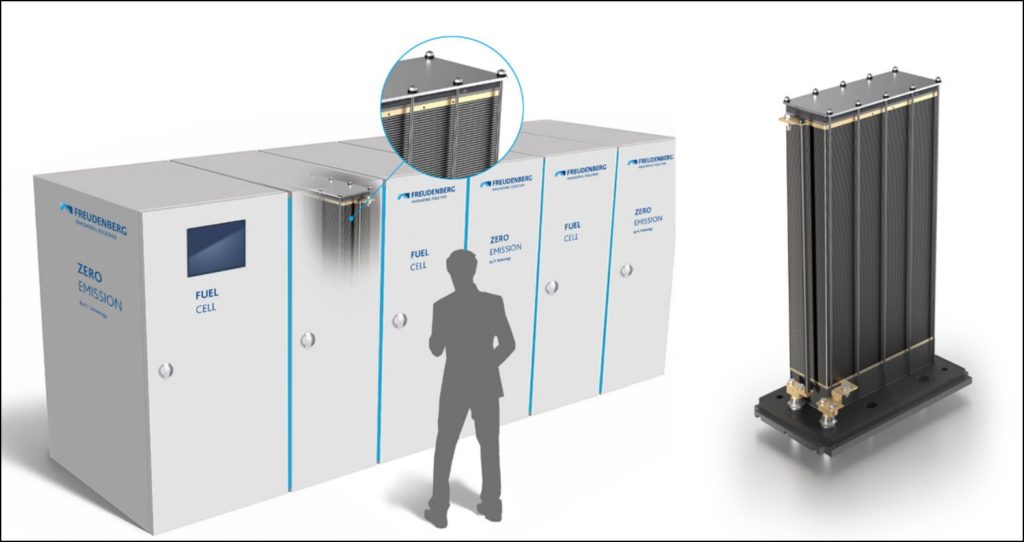Revolutionizing Energy: Harnessing On-Demand Hydrogen from Methanol for Sustainable Power Aboard
Firstly, we will describe how Harnessing On-Demand Hydrogen from Methanol happens. A process known as Power-to-Liquids (PtL), which involves the production of liquid methanol through a combination of electrolysis and chemical synthesis, while closing the carbon cycle using renewable energy sources and Direct-Air-Capture technology.

Here’s a breakdown of the key steps in this process:
- Electrolysis of Water (H2O):
- Hydrogen gas (H2) is produced from water through a process called electrolysis.
- Electrolysis involves splitting water molecules into hydrogen and oxygen using an electric current.
- Chemical Synthesis with Carbon Dioxide (CO2):
- The hydrogen gas produced from electrolysis is then combined with carbon dioxide (CO2) in a chemical synthesis process.
- The result of this synthesis is the creation of liquid methanol (CH3OH).
- Renewable Energy Sources:
- The process aims to utilize renewable energy sources to power the electrolysis step.
- Renewable energy sources could include solar, wind, or other sustainable sources of electricity.
- Direct-Air-Capture Technology:
- Direct-Air-Capture technology is employed to capture carbon dioxide directly from the atmosphere.
- This helps in closing the carbon cycle by using the captured carbon dioxide in the chemical synthesis of methanol.
- Closing the carbon cycle means that the carbon released during the combustion or use of methanol is balanced by the carbon captured from the atmosphere, resulting in a more sustainable and environmentally friendly process.
- Power-to-Liquids (PtL):
- PtL refers to the overall concept of converting electrical power into liquid fuels, such as methanol.
- In this case, renewable energy sources are used in combination with the mentioned processes to create a sustainable and closed-loop system for methanol production.
In summary, we described a method of producing liquid methanol from water and carbon dioxide using renewable energy and Direct-Air-Capture technology, with the goal of closing the carbon cycle and creating a more sustainable fuel production process.


Next, we will describe a system where hydrogen is generated on demand from stored methanol through a reforming unit. This hydrogen is then used in a fuel cell on board a device or vehicle to generate electrical power and thermal energy through a reaction with ambient air. Let’s break down the process:
- Hydrogen Extraction from Methanol:
- Hydrogen is not produced directly but rather extracted from stored methanol.
- The stored methanol is likely in liquid form, and a reforming unit is used to extract hydrogen from it when needed.
- Reforming is a chemical process that can break down methanol to release hydrogen gas.
- Fuel Cell Operation Aboard:
- The extracted gaseous hydrogen is then fed into a fuel cell that is located on board, likely within a device, vehicle, or some other application.
- In the fuel cell, hydrogen reacts with ambient air (which contains oxygen) through an electrochemical process.
- This reaction produces electrical power and thermal (heat) energy as byproducts.
- Electrical Power Generation:
- The electrochemical reaction in the fuel cell generates electrical power directly, which can be utilized to power the device or vehicle.
- Thermal Energy Generation:
- In addition to electrical power, the fuel cell also produces thermal energy as a byproduct.
- This thermal energy can be harnessed for various purposes, such as heating or other thermal applications.
- On-Demand Hydrogen Extraction:
- The unique aspect of this system is that hydrogen extraction occurs on request, suggesting that hydrogen is generated only when needed, potentially offering more flexibility in managing energy resources.

In summary, this system involves extracting hydrogen from stored methanol through a reforming unit and using the generated hydrogen in a fuel cell on board to produce both electrical power and thermal energy. This setup allows for on-demand hydrogen generation and efficient utilization of the extracted hydrogen for various energy needs.
